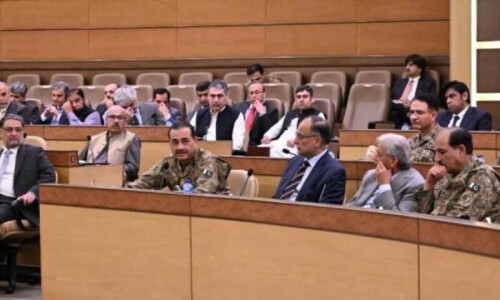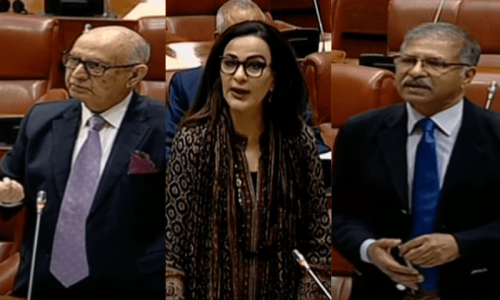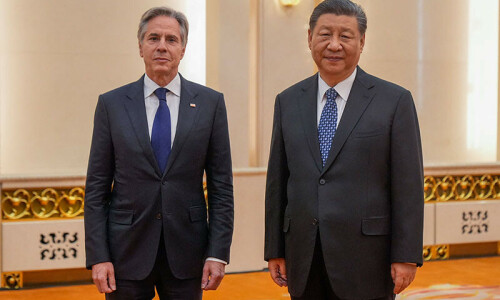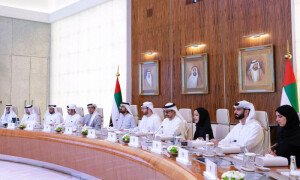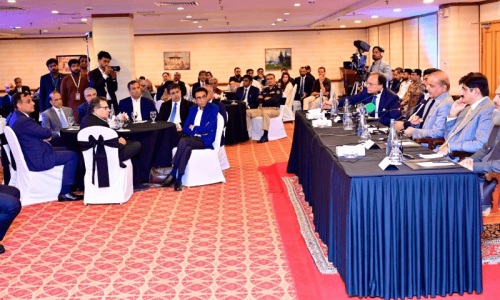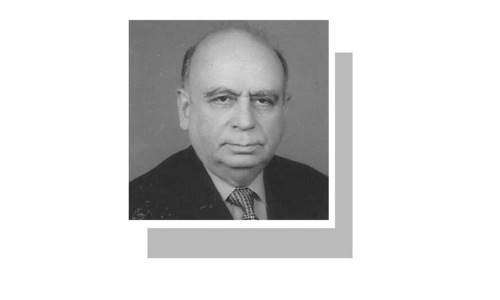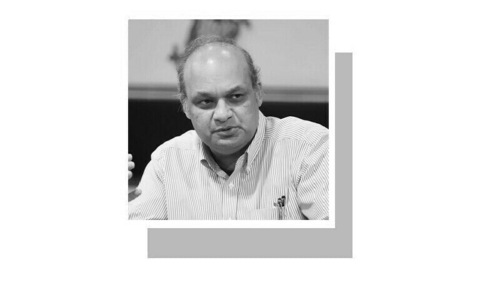BOTH Sindh and Khyber Pakhtunkhwa have announced fiscally expansionary budgets for 2022-23 that allocate massive development funds, continue tax concessions for different sectors given during the pandemic, boost their expenditure on health, education and other public services, allow pay and pension hikes for civil servants, and create thousands of new jobs in the public sector. With the country entering an election year, the provinces were expected to propose such populist initiatives even if they ran counter to the austere fiscal policies being targeted by the federal government to meet the IMF’s demands for the revival of its suspended bailout package. With the IMF already unhappy with tax and other relief measures given in the new federal budget, it can’t be expected to react kindly to the overgenerous provincial spending targets. The populist streaks of the two budgets notwithstanding, what sets KP apart from Sindh is its focus on governance, public financial management, the health sector and green energy reforms. For instance, the PTI government has become the first province in the country to introduce a ‘contributory pension scheme’ to check the growing burden of pension payments on its budget, which has already jumped to 14.7pc from less than 1pc in 2004. Given the long-term challenge of militancy it faces, the province has performed much better in the last few years than other units in reforming the management of its finances. It has also improved its public service delivery despite resource constraints.
A look at the two budgets proposed by diametrically different parties, the PPP and PTI, shows that the authors of the documents have made unrealistic estimates of their revenues and expenditures at a time when economic growth is projected to slow down to 3pc to 3.5pc. For example, the Murad Ali Shah government in Sindh is targeting an over 29pc increase in provincial tax revenues to Rs347bn. This is despite the fact that it will bring in around Rs267.9bn or 12pc less provincial taxes against the target of Rs304.9bn for the current fiscal at a time when the economy is anticipated to expand at a much faster pace of 6pc. It’s the same case with tax and other income projections in KP. That raises the question: will the two provinces be able to deliver on the promises made in their election budgets? It would have been much better if they had planned their expenditure on the basis of realistic revenue estimates rather than exaggerating them for political mileage.
Published in Dawn, June 16th, 2022















